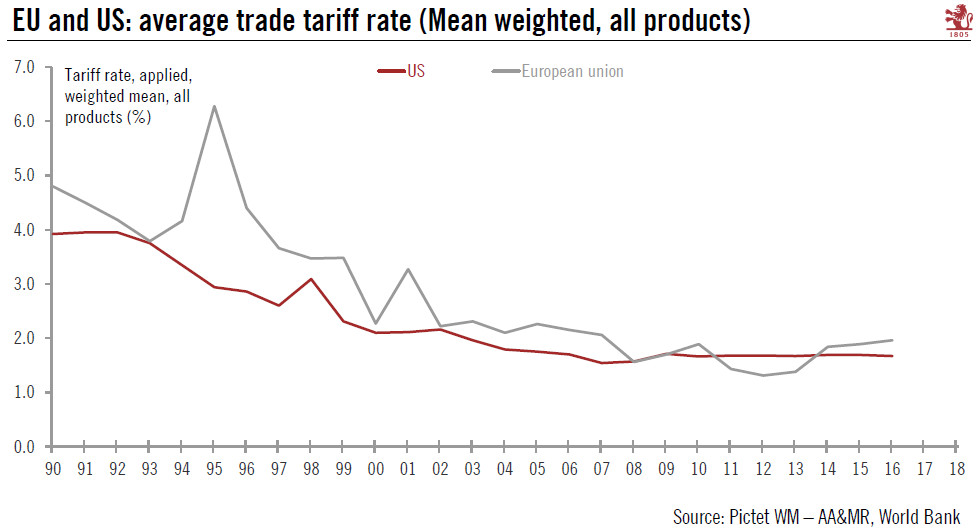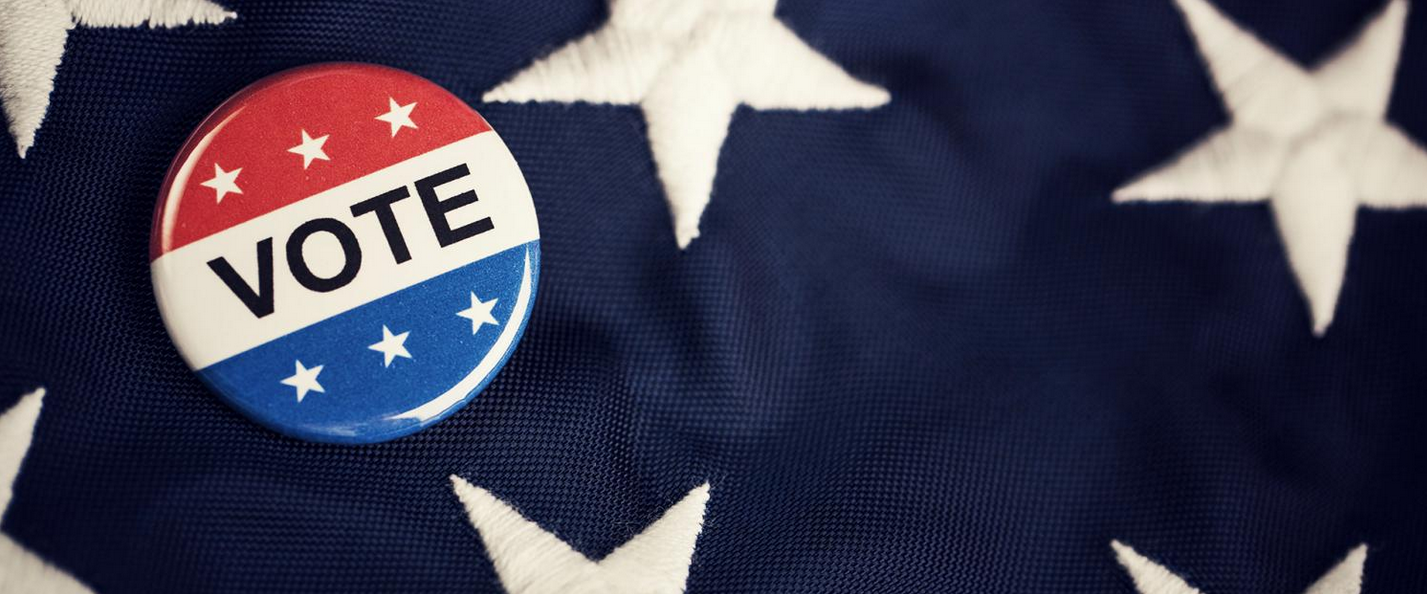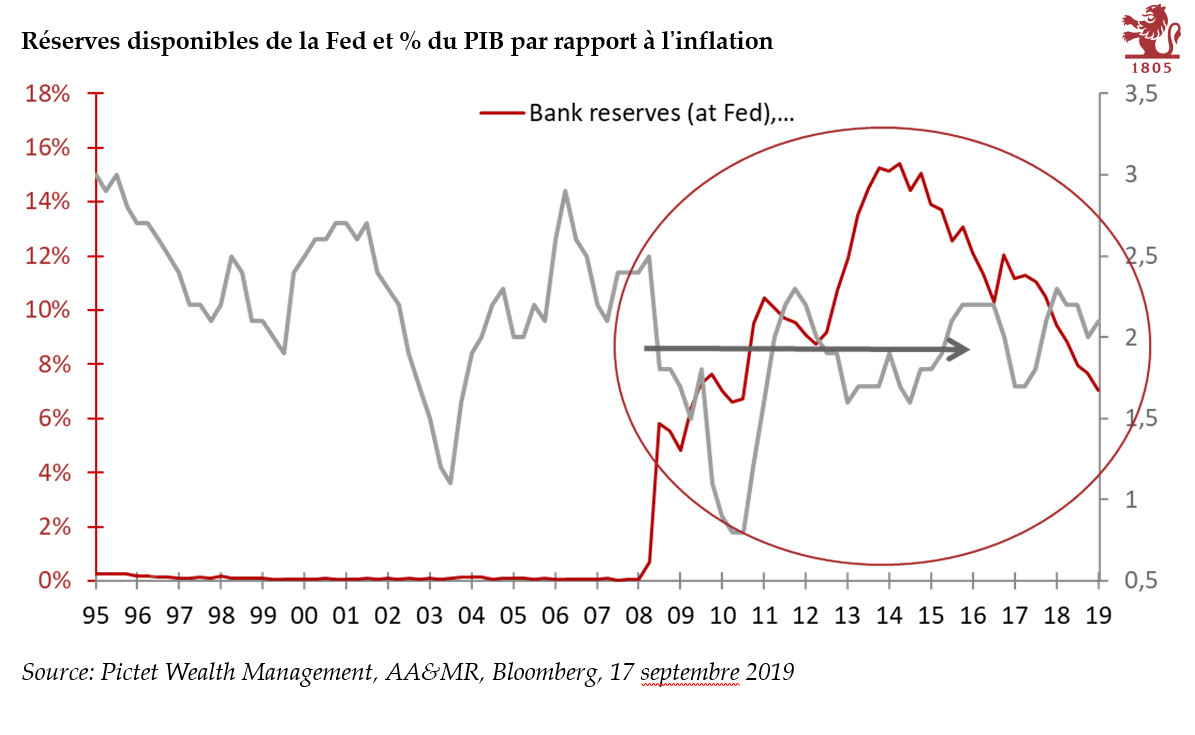The two sides have agreed to discuss lowering barriers to transatlantic trade, helping to de-escalate tensions. While positive, the US’s dispute with China still needs watching.
| US President Trump and EU Commission President Juncker this week struck an unexpected deal to de-escalate the trade dispute between the EU and the US. Importantly, Trump agreed to put his threat of tariffs on EU cars on hold as bilateral trade talks continue, and to re-examine the tariffs recently imposed on steel and aluminium imports from the EU. Both leaders said they would work towards zero trade tariffs between the EU and the US, zero non-tariff barriers and zero subsidies on non-auto goods, as well as lower barriers on trade in services, chemicals, pharmaceuticals, medical products and soya beans. This said, it is worth highlighting that US and EU average tariff rates are already very low (see chart). Also worth highlighting is the mention by Trump – who is very much focused on the merchandise trade balance – of the idea that the EU could import more soya beans and liquefied natural gas from the US. |
EU and US: average trade tariff rate 1990-2018 |
The US president also said he hopes to sign up the EU to efforts to reform the World Trade Organization, so as to “address unfair trading practices, including intellectual property theft, forced technology transfer, industrial subsidies, distortions created by state-owned enterprises, and overcapacity” – even though Trump did not specifically single out China, a focus of recent US trade actions. The deal is a positive for the EU and will certainly come as a relief for the European auto sector, which has been highly exposed to the US and to the threat of tariffs. If confirmed, de-escalation in transatlantic trade spats could spark a revival in European business sentiment. But EU exporters will need to keep an eye on the US-China relationship, where a similar détente is still awaited.
Full story here Are you the author? Previous post See more for Next post
Tags: Macroview,newslettersent





































